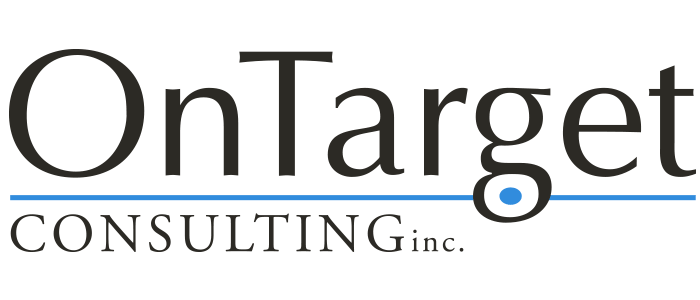How Do I Measure What I Can’t See?
This new remote environment requires more flexibility and a relentless focus on ends, not means ...
I'm working hard to keep my employees together right now so we check in several times a day on Zoom. It's a lot, but it has kept us connected as a team. I worry that these meetings are cutting into productivity despite the many hours in between them. Sometimes, for days in a row, I don't see any finished work from one or more of my employees so I can't tell if they're being productive or not. I've always struggled with holding people accountable during "normal" times, let alone now when I cannot meet with them face-to-face. I ask everyone to write a "morning standup" list of what they'll complete that day, but I'm not great about checking the list an hour or two before day's end to ask for a progress update on each item. Doing so also feels micro-manage-y. How do I ensure that my team remains productive in a way that doesn't create a bunch of extra work, especially for me?
~Struggling in Salt Lake City
Dear Struggling,
Even if you were terrific at holding your people accountable before the shelter-in-place order sent us all home, you would be facing new challenges now, so don’t beat yourself up over this. Most of us aren’t working the same way at home as we did in the office. It’s hard to stay focused and productive when we’re sharing space with a spouse or partner or juggling kids who need help with their homework and attention during the day. We may still be getting a full day of work done, but it’s spread over more hours.
So what does this mean for you and your concerns about your team’s productivity? This new remote environment requires more flexibility and a relentless focus on ends, not means. Daily lists might be a building block of productivity but they shouldn’t become the benchmark. Having a goal of phoning five customers a day is an important task, but there’d better be a strategy and a plan behind those calls. Otherwise, they won’t achieve anything beyond making your customers feel good that someone called to check on them.
Do each of your employees have short-term goals and objectives? If not, I’d start there. You, and they, need to be clear on what they should be working on before you start measuring their productivity and progress.
Then, agree on the vehicle or method you’re going to use to determine if they’re meeting their goals and objectives. Do you want them to track their progress in Excel spreadsheets, on Slack or in a Google doc?
Finally, decide how frequently you’re going to check on their progress. Unless your team is young and experienced, daily monitoring is too frequent. We all have different operating styles and ways of working, especially right now. Some employees might still be getting their work done between 8:00 am and 5:00 pm while others are taking breaks during the day and finishing up at 10:00 am. Clients may be harder to reach, and problems or issues may take longer to resolve. What matters are outcomes and results and that you check everyone’s progress regularly and consistently. Otherwise, you risk sending a message that it’s not that important to you.
As to your daily meetings, consider whether you still need to meet 2-3 times/day now that everyone has settled in to working at home. Would you and your team be more productive if you just met once, either in the morning to hear everyone’s goals for the day and what they accomplished the day before or in the late afternoon to hear what they’ve accomplished and their goals for the next day? Could you cut two of the meetings to 10-15 minutes and only hold one longer meeting? Have you asked your team what they think?
When you do meet, make sure that you’re using everyone’s time well. Don’t schedule too many calls, just because you can. At least once a week, find out how everyone is handling the stress of working remotely. Encourage people to share updates and progress when there is something new or exciting to report. Brainstorm new ideas and projects or alternatives to old approaches that are no longer working. Keep the agenda moving and the content timely and relevant, and don’t meet for too long.
Finally, with regard to the daily “morning standup” lists, if you’re not going to monitor them or ask the team to report on whether they’ve completed them, stop asking for them. They’re only worth doing as a team if a) the lists are are helping each person progress toward meeting his/her goals and objectives and b) you ask for daily updates. Otherwise, the task is just busy work that can and will detract from what your employees should be spending time on. If you’re reluctant to stop doing them altogether, consider asking each person on Monday to share a list of what they want to accomplish during the week and then use some or all of Friday’s meeting for each person to report on what they got done, what they didn’t, where they need help and what they intend to accomplish the next week.
Margo

